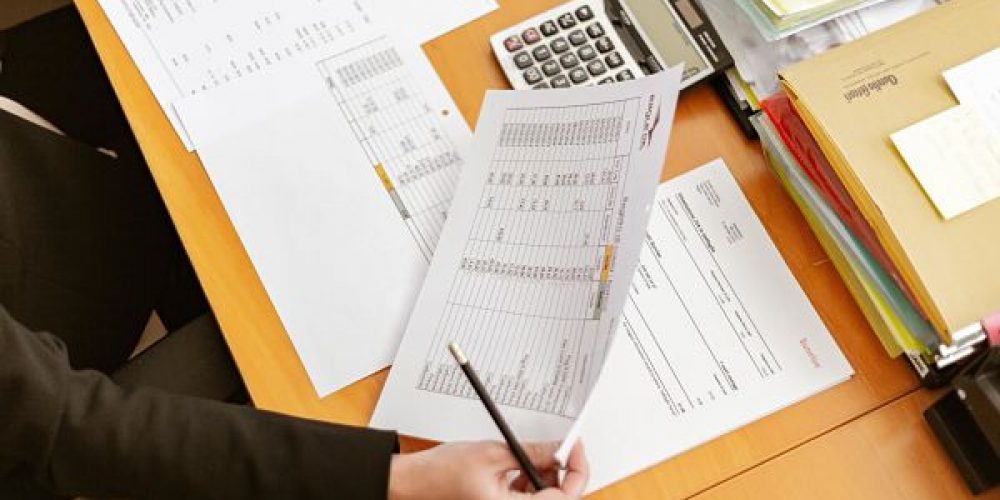It’s officially tax season, and that means many small business owners are struggling to clean up their books from 2020 in order to hand information over to their tax preparers. Many people dread this time of the year. We get a lot of calls from business owners who desperately need help getting books into shape, sometimes even for multiple years. While we’re happy to help them, the time and costs involved can be significant. We always recommend putting processes into place to help you keep your books up to date throughout the year and automating manual data entry—but there are also some things you can do if you’ve found yourself in a position of needing to catch up on bookkeeping.
Step 1: Reconcile your books
Reconciliation is accountant-speak for checking all of the transactions on your books against your bank and credit card statements. Every single transaction should be listed—ideally you’re pulling these directly from a bank feed. When you reconcile, you’re looking for any errors from the bank feed, as well as misclassified transactions. If you haven’t set up a bank feed, you can add it to your bookkeeping platform and pull in past transactions to save yourself from doing a lot of tax-season data entry.
If you’re a Xero user, you can set up rules to properly classify transactions as you reconcile. For more about how to do that, check out our free online course, 5 Weeks to Better Bookkeeping. Setting up Xero and reconciling your books is covered in weeks 2 and 3.
You’ll also need to reconcile loan accounts. Ensure the principal and interest portions of each payment are properly classified (principal goes against the liability on your balance sheet, while interest is an expense).
Step 2: Record individual fixed assets
Any asset over $2,500 should be recorded to the appropriate asset account. You’ll also need to calculate depreciation and make the corresponding journal entry. If you purchased any new assets in the past year, you’ll need to work with your CPA to determine the appropriate depreciation schedule.
Step 3: Update expense accounts
In step 1, when you reconciled your transactions, you probably spent some time classifying expenses. Double-check those expense accounts to ensure the expenses listed under them are classified correctly, as well as to make sure you don’t have expenses that should actually be categorized as assets.
Meals and entertainment expenses are an area where we’ve seen a lot of mistakes and confusion over the past several years—in large part because the tax treatment of these expenses has changed significantly. The COVID-19 Relief Bill that passed at the end of 2020 allowed 100% deductions for meals in 2021 and 2022. As you’re cleaning up last year’s books, ensure you have the proper meals and entertainment expense categories for 2021.
Finally, look through your categories to ensure nothing is classified as miscellaneous, suspended, or uncategorized. Searching for those categories is a quick and easy way to find any expenses that need a more specific home.
Step 4: Pull payroll reports
Pull payroll reports for the year, and make appropriate entries to split wages and taxes. The amounts listed on your books and payroll reports should match. A payroll summary will show your total gross wages, the employer portion of the payroll taxes, and any contributions made throughout the year. These are the amounts that should be listed in your expense accounts on the income statement. Make a journal entry to adjust as needed.
Beyond Tax Season: Benefits of Clean Bookkeeping
You actually stand to gain a lot more than records for your tax return when you have clean and up-to-date books. Here are five benefits to help motivate you in your efforts:
- Better budgeting. By knowing what the business is spending on large and small-ticket purchases, you can make a much more accurate budget for the next year.
- Tax savings. When all of your expenses are classified properly, it’s much easier to do year-end tax planning and understand your opportunities to reduce your tax bill.
- Forecast cash flow. Having all that data in one place gives you a lot of information for making decisions. You can also use the prior year’s cash flow numbers to help you see seasonal changes in your business.
- Reduced stress. Even the most deadline-driven individuals will admit that tax deadlines are stressful. Worrying about not having what you need to file your taxes can consume more time and energy than just keeping those books up to date in the first place. Visualize yourself at the next tax season simply exporting a few reports and sending them off in confidence that they’re accurate and complete!
- Be prepared. The events of 2020 underscored the need for up-to-date financials. Many small business owners were caught unprepared when the Paycheck Protection Program and other relief efforts were rolled out—they scrambled to collect the information needed and lost valuable time applying for funds. We all learned some lessons about expecting the unexpected, and keeping your financial house in order was right at the top of the list.
Still need help cleaning up your books? Contact us with specific questions. In addition to helping you clean up last year’s books, we can also create automated workflows to help keep your books up to date in the future.

